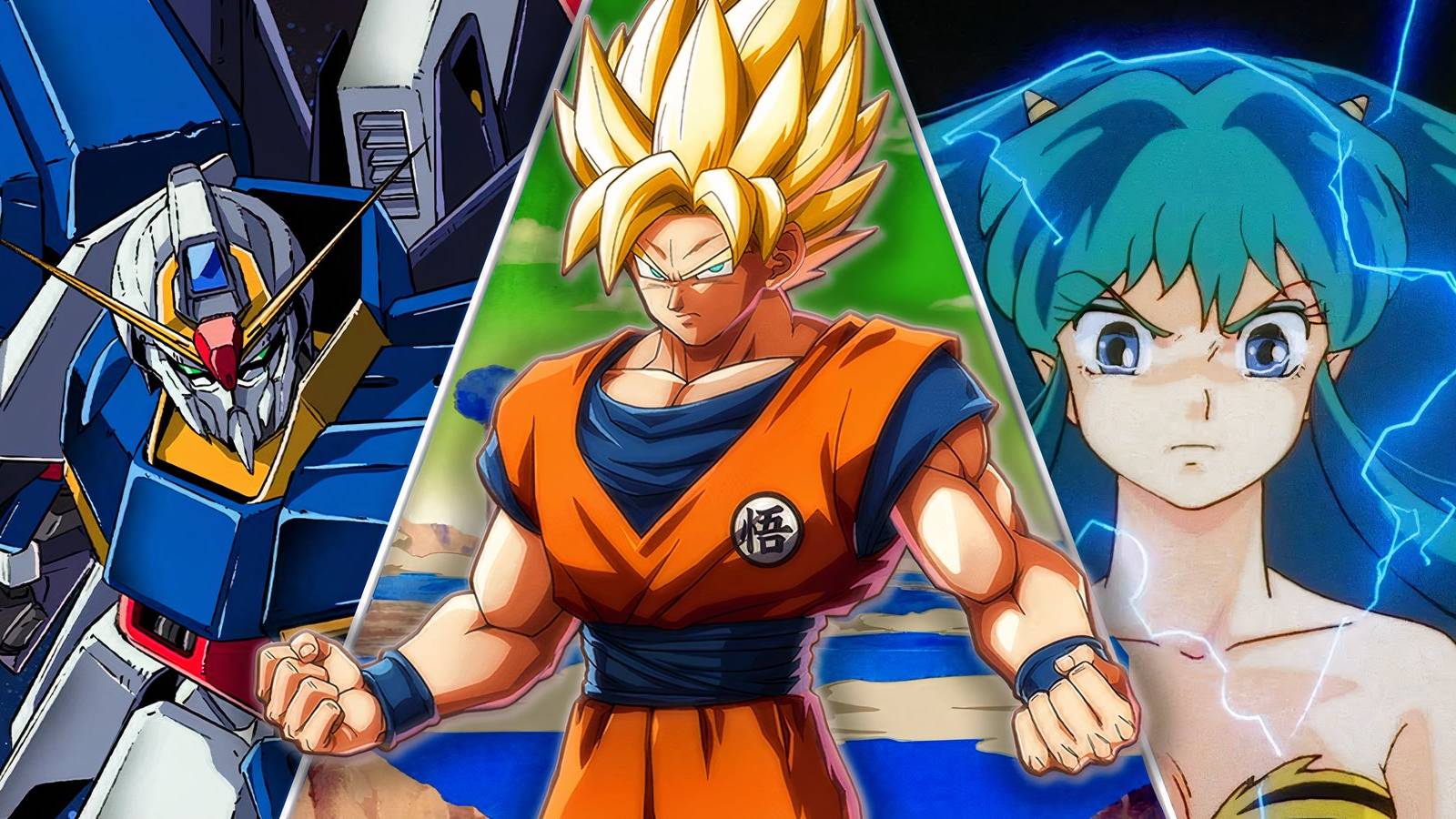The 1980s were a great decade for media, and virtually every artistic medium — films, television, music, etc. — saw the release of numerous iconic works during this time. This is certainly true for anime as well, which exploded in popularity during the 1980s while laying the groundwork for its rise to international prominence that would follow in the 1990s and 2000s.
From Mobile Suit Gundam to Dragon Ball, a long list of anime franchises trace their roots back to the 1980s, and each year of the decade saw the release of several influential anime series. However, although these series all had an impact on the industry, one anime from every year of the 1980s manages to stand above the rest, cementing themselves as the best anime that the decade has to offer.
Space Runaway Ideon Added Depth to the Mecha Genre in 1980
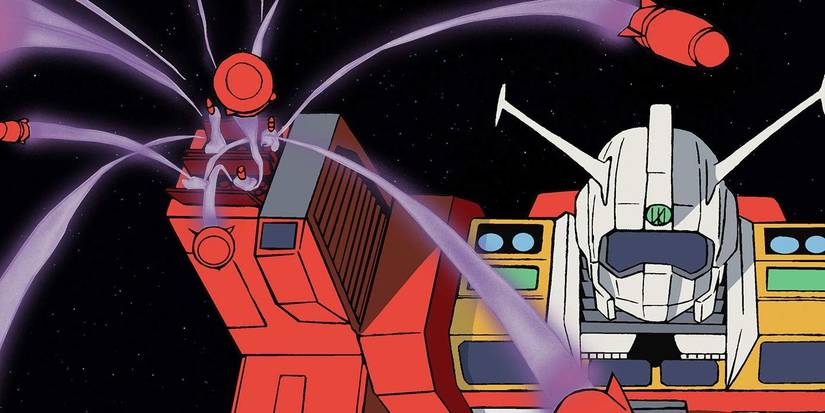
The Ideon from Space Runaway Ideon launches its missiles.Image via Nippon Surprise
Although Mobile Suit Gundam was released in 1979, the iconic mecha anime majorly influenced the following decade, starting most notably with Space Runaway Ideon — a mecha directed by none other than Yoshiyuki Tomino, the creator of Gundam. As expected of two mecha anime from the same creator, Ideon and Gundam share plenty of similarities; that said, there’s no denying that the former pushed the genre in a direction.
Space Runaway Ideon doesn’t shy away from the dark implications of its world-building, which is a major reason why it has been heralded as a catalyst for the mecha genre’s overarching push toward more mature subject matter. No other series released in 1980 was as influential as Tomino’s follow-up to Gundam (Lupin the III Part 2 and Tomorrow’s Joe 2 were direct continuations of pre-existing anime), making Ideon an easy choice as the best anime of the year.
1981’s Urusei Yatsura Became a Long-Standing Hit With Fans
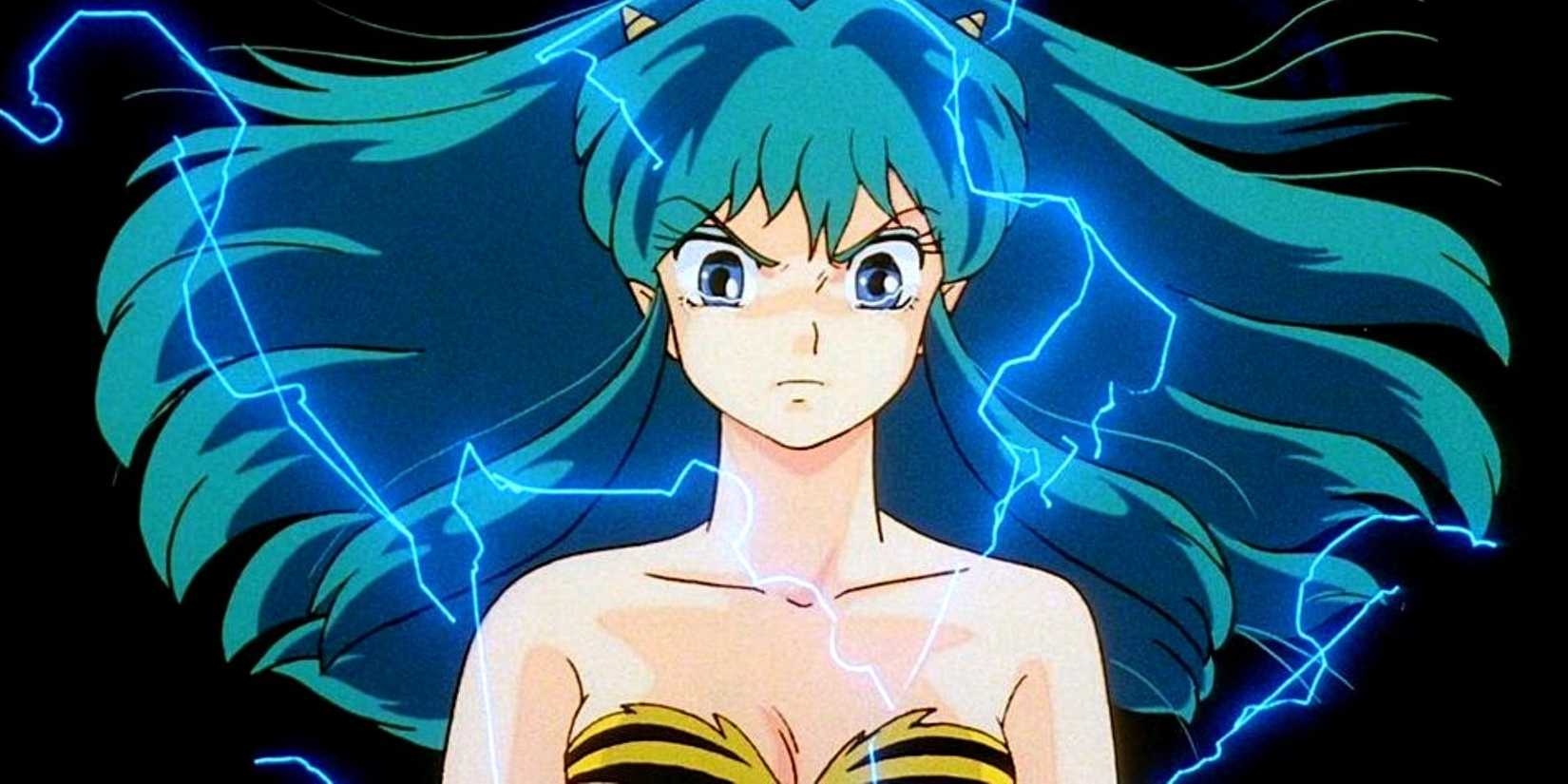
Lum makes an angry expression while lightning crackles around her in Urusei YatsuraImage via Studio Pierrot
Urusei Yatsura isn’t as well-known to Western fans as Rumiko Takahashi’s more popular work, Inuyasha, but in terms of influence, there’s a strong argument that Urusei Yatsura is even more important than its spiritual successor. The lighthearted comedy series redefined what a rom-com anime could be, and thanks to its iconic protagonist, Lum the Invader Girl, the series resonated with a wide array of fans.
Urusei Yatsura utilizes a lot of references and allusions to Japanese culture, making it a great piece of introductory media for familiarizing Western fans with elements of Japanese society they might not be familiar with. It’s no surprise that an iconic series like Urusei Yatsura has remained popular since the early 1980s, even receiving an anime reboot in 2022 that exposed a brand-new generation of fans to the series.
Macross Continued the Mecha Genre’s Domination in 1982
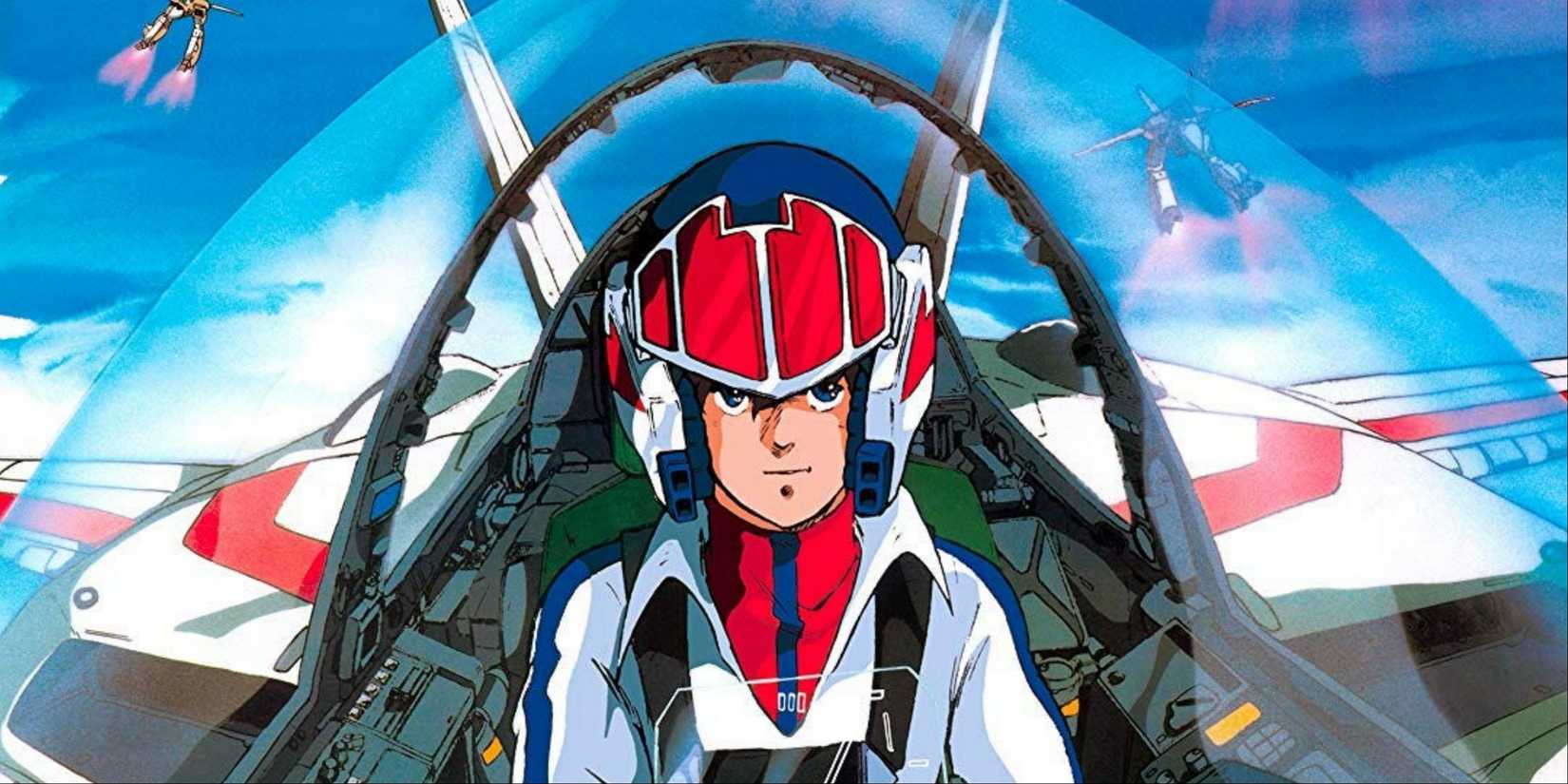
A pilot from the original Macross anime.Image via Artland
The success of Mobile Suit Gundam and other mechas guaranteed that the 1980s would spawn a wave of new anime within the genre. While many of these mecha anime were lesser versions of their predecessors, one title from the decade stands out for pushing the mecha genre in a different direction than Gundam and Ideon — Macross.
A much more emotionally-driven anime than the mecha anime that came before it, Macross spends less time investigating the political and societal implications of war and more time exploring the characters at the heart of its story. The result is an anime that is surprisingly resonant with modern mecha series, despite the fact that it debuted over 40 years ago.
1983’s Armored Trooper Votoms Is a Hidden Gem to Many Younger Fans
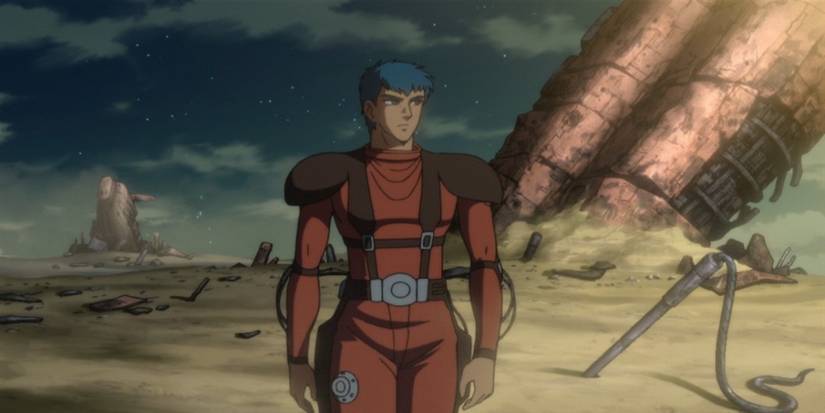
An image from Armored Trooper VOTOMS.Image via Sunrise
1983 continued the rise of the mecha genre, although the year didn’t produce any anime that would have the same staying power as Mobile Suit Gundam or Space Runaway Ideon. That said, one of the most underrated (especially by Western audiences) mecha anime of all time did debut in ’83 in the form of Armored Trooper VOTOMS.
Armored Trooper VOTOMS is notable for its contributions to not only the mecha genre but also the hard science-fiction subgenre, as it clearly prioritizes a grounded sense of realism across its 52 episodes that would go on to define many 1980s mecha. Whereas a lot of mecha anime from the 1980s set their narrative against the backdrop of ongoing war, VOTOMS takes place during a temporary period of peace, giving it the room to tell one of the best cat-and-mouse stories in mecha anime.
Fist of the North Star Became the Face of Shonen Anime in 1984
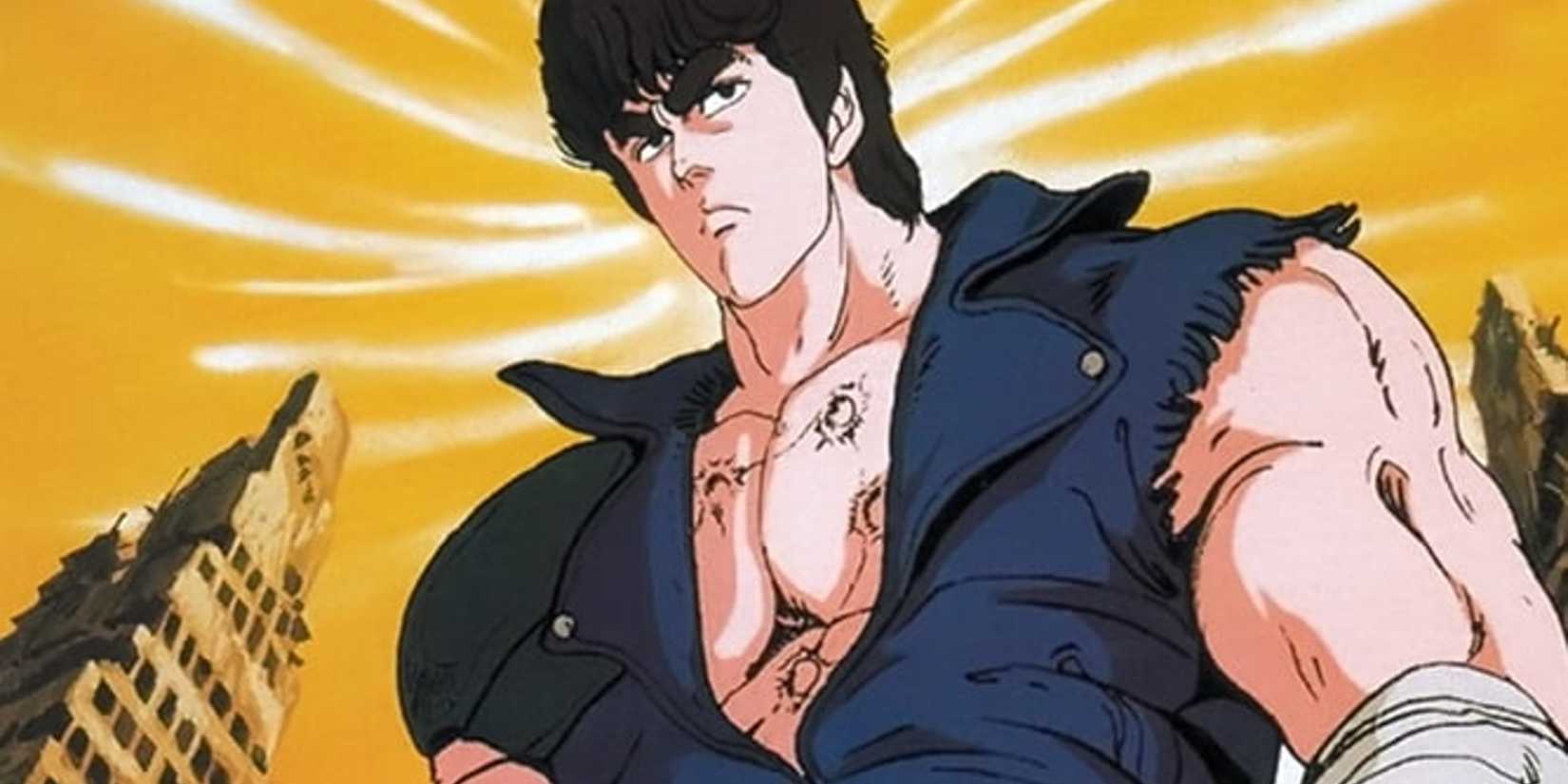
Kenshiro in a desolate city in Fist of the North Star.Image via Toei Animation
Although Akira Toriyama’s Dragon Ball is often credited as the progenitor of modern shonen anime, Fist of the North Star deserves just as much credit for changing the landscape of the genre a full two years before Goku debuted on-screen. Buronson’s iconic post-apocalyptic story is a brutal, violent tale that emphasizes the lethality of martial arts, and in addition to a surprisingly well-crafted narrative, it features solid fight choreography and emotionally resonant drama, easily qualifying it as one of the best anime of the 1980s.
In many ways, Fist of the North Star laid the groundwork for the dark shonen formula decades before the genre’s rise to prominence. It’s also one of the first shonen anime to reach Western fans in any notable capacity, having spawned an English comic book run in 1989 and airing multiple times on Nippon Golden Network in the late 1980s. All things considered, the adventures of Kenshiro were foundational to the shonen genre’s development, so there’s little difficulty choosing it as the best anime of 1984.
Mobile Suit Zeta Gundam Used 1985 to Change the Direction of the Franchise
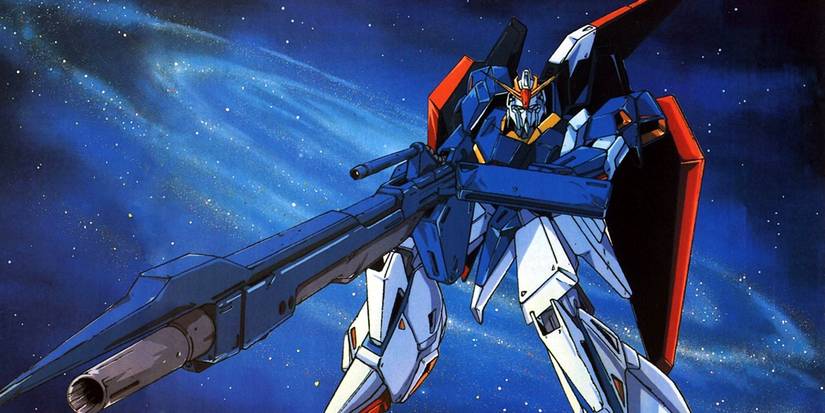
Zeta Gundam in space holding its beam rifle.Image via Sunrise
The original Mobile Suit Gundam had a massive impact upon its debut in 1979; however, it was far from a perfect anime series. Luckily for fans, director Yoshiyuki Tomino wasn’t done with the franchise, and in 1985, he returned with the follow-up to the original Gundam anime: Mobile Suit Zeta Gundam.
Mobile Suit Zeta Gundam is, in most respects, a marked improvement on the original, and it addresses many of the perceived flaws that fans found in the original series. The mecha anime’s dark storylines, powerful themes, and improved action make it a shining gem of the Gundam franchise, as well as a clear pick over dated 1985 anime like Dirty Pair and Super Beast Machine God Dancouga.
Dragon Ball Became an Instant Classic Upon Its Release in 1986
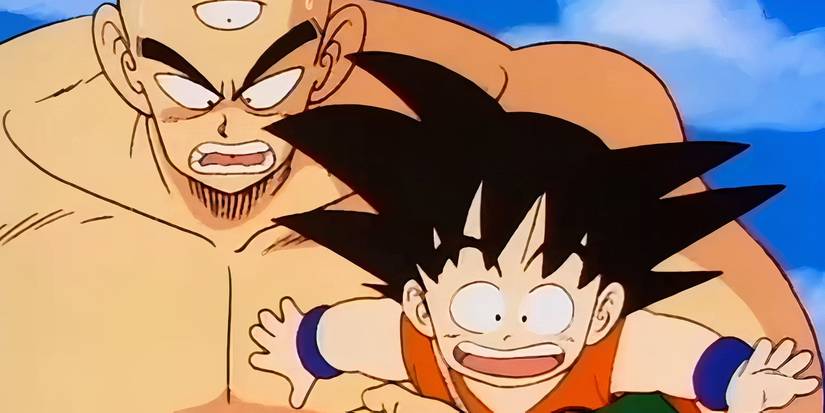
Tien saves Goku from King Piccolo in Dragon Ball.Image via Toei Animation
No series released in the past 40 years has been more important to the growth of anime than Akira Toriyama’s Dragon Ball. The adventures of Goku helped make anime the international phenomenon that it is, and even if the original Dragon Ball anime is a bit dated by contemporary standards, it still holds up remarkably well to the modern eye. From its fresh take on the martial arts genre to its lovable cast of characters, Dragon Ball is a testament to the potential of shonen anime.
Although fondly remembered anime like Maison Ikkoku and Silver Fang, both of which were also released in ’86, deserve credit for their contributions to the medium, none of them had the narrative cohesion, scale, or creativity of Akira Toriyama’s legendary shonen anime. As far as 1980s anime go, it’s hard to beat Dragon Ball.
City Hunter Captures the Spirit of 1987 Tokyo
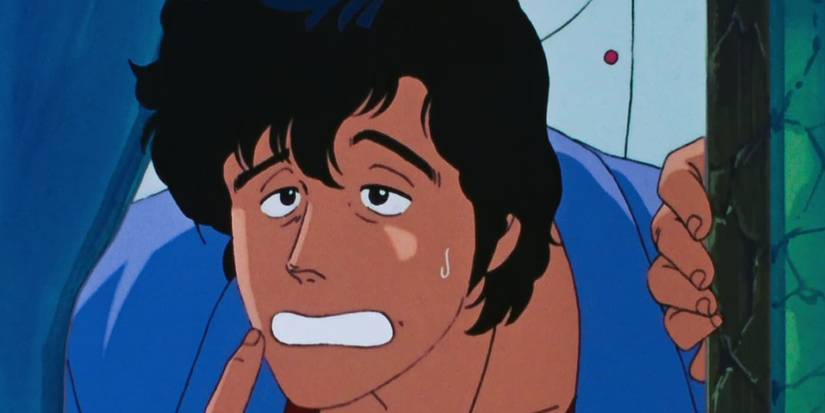
Ryo Saeba pointing at himself and looking confused in City Hunter.Image via Sunrise
Few anime are more indicative of the 1980s than Sunrise’s stylish 1987 anime series, City Hunter. Unlike the mecha and shonen anime that largely defined the 1980s, City Hunter opts for a much more realistic setting — the crime-ridden streets of Tokyo — which it uses to highlight the detective work of its main character, Ryo Saeba.
City Hunter became one of the most successful anime franchises of the 20th century, with its original series spawning a series of video games, television adaptations, and even a 1993 live-action film starring Jackie Chan. Though its problematic comedy and boldface chauvinism deserve criticism, the unique flair, nostalgic tone, and pop culture influence of City Hunter are all substantial enough to make it an iconic part of anime history.
1988’s Legend of the Galactic Heroes Showcased Anime’s Potential as an Art Form
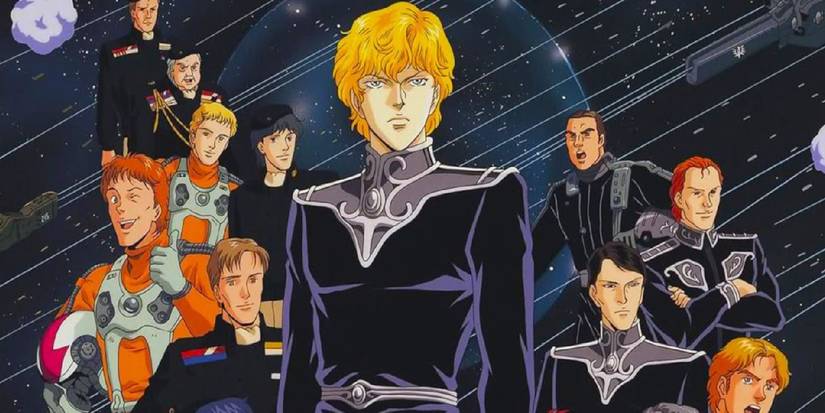
The full crew of the classic space opera anime, Legend of the Galactic Heroes.Image via Kitty Films
By the late 1980s, the anime medium had made immense strides since the dawn of the decade, so it comes as no surprise that 1988 saw the release of what is arguably the best sci-fi anime of all time: Legend of the Galactic Heroes. A true space opera in every sense of the word, Legend of the Galactic Heroes redefined what the anime medium was capable of with some of the most well-crafted storytelling and impressive narrative arrangement in anime history.
Though its tone is markedly different from most popular 1980s anime, Legend of the Galactic Heroes captures the intricacies of political conflict, and because of its intelligent presentation, it has retained far more of its appeal than the action-heavy hits of the mecha and shonen genres. While the series’ 2018 remake is solid in its own right, the original Legend of the Galactic Heroes is still the superior product, which is why it’s an easy choice as the best anime of 1988.
Dragon Ball Z Ended the 1980s at an All-Time High
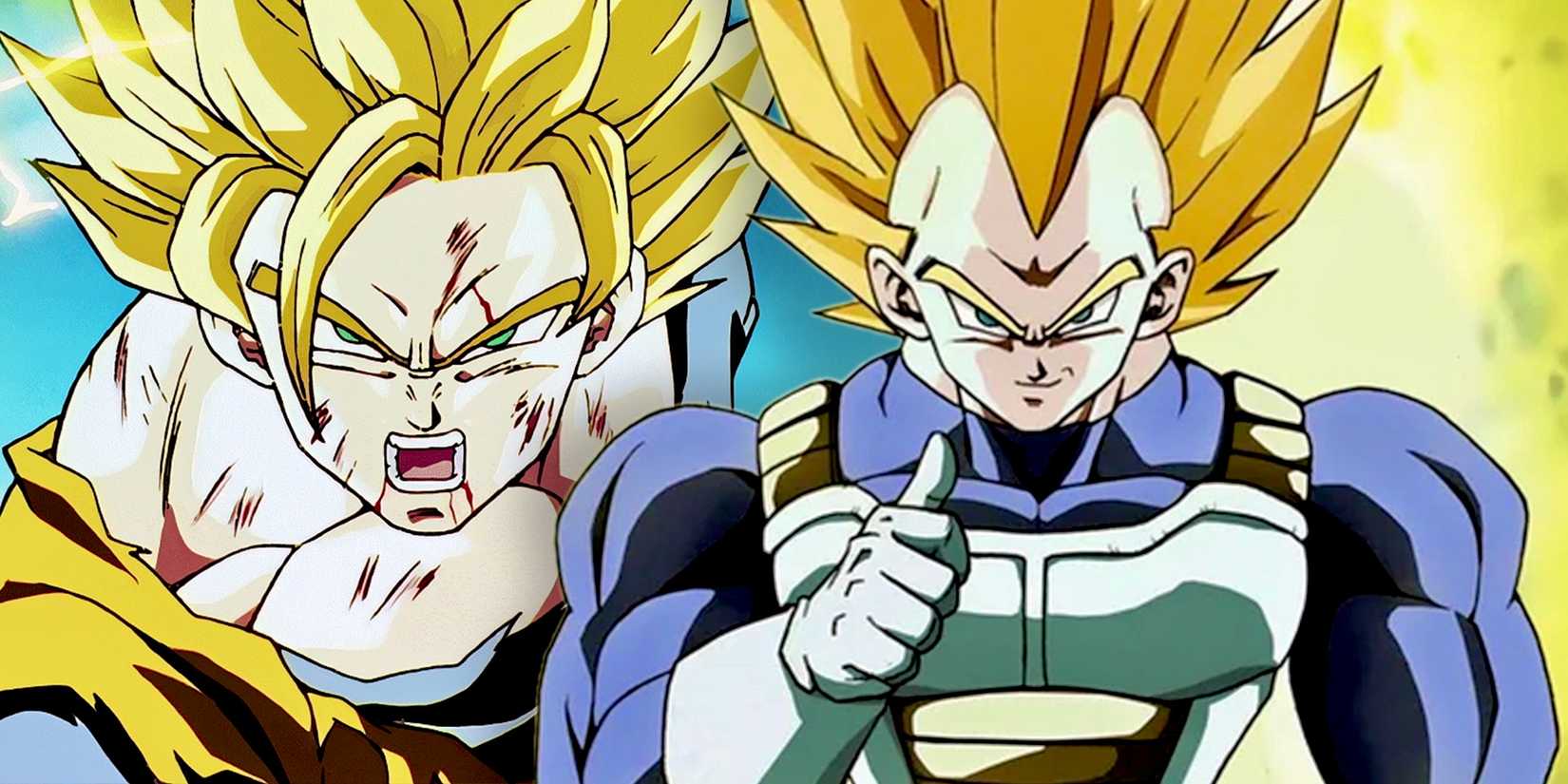
Super Vegeta overcomes an injured Super Saiyan 2 Goku in Dragon Ball ZImage by Brett Cardaro
Although the original Dragon Ball deserves credit for redefining shonen anime, it wasn’t until Dragon Ball Z that the franchise solidified itself as the most important anime of all time. The series pivoted Goku’s story away from the intense martial arts focus of Dragon Ball, opening up the door for the dramatic power-scaling and combat that Akira Toriyama’s franchise has become synonymous with, and in the process, it cemented itself in anime history.
Whereas Dragon Ball showcased the potential of shonen anime, Dragon Ball Z did much more work to actually realize this potential. The introduction of Gohan, the Saiyan Race, and, of course, the Super Saiyan transformation were creative decisions that shattered anime fans’ expectations, making other 1989 anime like Legend of Heavenly Sphere Shurato and Ranma 1/2 pale by comparison.

